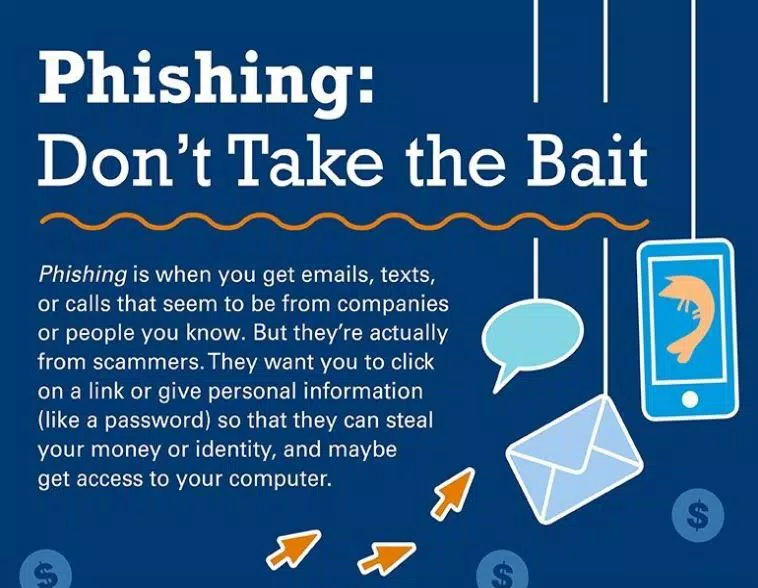The process for opening a new checking account is relatively simple, as long as you have all of the information needed upfront. A checking account is your primary source for depositing paychecks from work, making your everyday purchases, and managing automatic payments for your bills like your gas and electricity. You can think of it as the central nervous system for your finances.
Opening a Checking Account
When opening a new checking account, there is some information you can gather upfront to help make the process easier. Generally, you’ll need to provide a valid government-issued photo ID such as a driver’s license or passport.
Other than photo identification, you will need to validate some of your basic information. In most cases, this means you will need to provide your date of birth, Social Security number, and phone number. If you are under 18, your parent or guardian may be required to sign certain documents.
Requirements for Opening a Checking Account
The requirements for opening a checking account may vary with each financial institution. Contact the financial institution you’ve chosen to ensure that you have all the documentation needed.
If you are under 18, make sure you have talked to your parents or guardian. They may also need to sign legal documents with the financial institution.
How Much Money Do I Need to Open a Checking Accounting?
Several different types of checking account products are available. Most financial institutions do not charge a fee to open a new checking account. However, they may require a minimum deposit to start an account.
Banks and credit unions vary in their minimum deposit requirements for opening a checking account. The minimum deposit can be as low as $25 or as high as several hundred dollars. Review the requirements of the institution you’ve chosen and be sure you have enough money to open the new account. Once you open the new account, there are some steps you need to take.
Close Your Old Account
When you switch banks, you’ll need to address all of the outstanding transactions that may still be attached to the account. After all, you want your experience to be as seamless as possible without worrying about late fees, other charges, and additional headaches.
Close your old checking account. Proactively update your paycheck information so that it goes to the new account. If you have automatic bill payments for your water, electric, gas, and any other bills attached to the account, log in and update these accounts with the new account information. Many of these services will charge you late fees if you don’t notify them in time.
Repeat this same action with any other recurring transfers and linked accounts. For example, you may have an automatic transfer to your savings or a Venmo, PayPal, or Zelle account. If so, update all of your information so your transition is as seamless as possible.
Finally, confirm with the old bank that your account (relationship) is closed and no longer active.
NASB has checking accounts that you can open and enjoy the benefits of based on your lifestyle. Call us at 800-677-6272, so we can answer your questions and get you started today!




